
Peugeot RCZ Coupe (2010-2015) engines, drive and performance
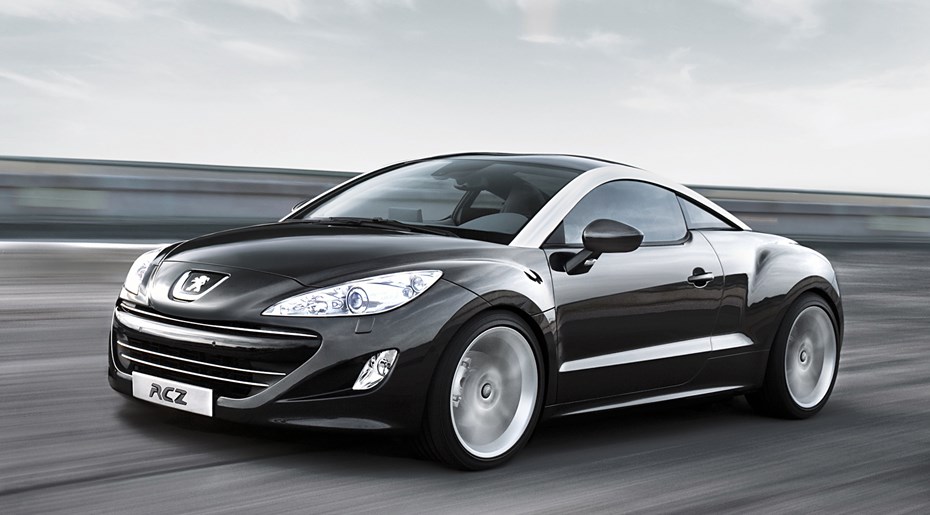
There’s currently only three engines offered so choosing which level of Peugeot RCZ performance will suit you is simple – though there’s also a flagship 260bhp RCZ-R, which joined the range late in 2013.
Until then the 1.6THP 200 was the quickest model, it’s turbocharged four-cylinder engine allowing the car to sprint from 0-62mph in 7.6 seconds – though it feels faster than that on the road. This top-spec car comes with the firm’s Sound System technology which sees an enhanced engine note pumped into the cabin if you accelerate hard, though in truth the RCZ never sounds that inspiring.
A fantastic short-shift gearbox is offered on GT models (which also feature a smaller steering wheel) while a standard six-speed manual can be found on Sport trim cars. The 1.6THP 156 petrol is also offered with an automatic gearbox.
Those more concerned with this car’s looks than outright pace should look towards the 163bhp 2.0HDi diesel, which is relatively refined and pleasingly frugal. It’ll still sprint from 0-62mph in 8.7 seconds thanks to its 320Nm delivered at 2,000rpm.
High-performance RCZ R
In 2013 the RCZ R was introduced. This version is the hottest of all of the RCZ models, and uses a 1.6-litre turbocharged petrol engine coupled with a slick six-speed manual gearbox.
With a 0-62mph time of 6.1 seconds and an electronically limited top speed of 155mph, this one is the enthusiasts’ pick. That engine is very impressive for ‘just’ a 1.6, and boasts 330Nm of torque from 1,900 to 5,500rpm which means it’s incredibly versatile.
Its character is amplified through the fitment of a twin tailpipe on the rear bumper, while engine noise is also piped into the cabin directly to add a further element of theatre to proceedings.
Aside from its distinctive looks, the key to the Peugeot RCZ’s appeal is the way it keeps the driver entertained. No matter what model you choose it’s smooth, agile and feels like a proper sports coupe – not the re-bodied Peugeot 308CC that it essentially is.
The steering is light but sharp and responsive, while all models display high levels of grip and very little bodyroll.
For those chasing the last few percent of ability it’s the 1.6THP 200 that is worthy of attention, thanks to chasis enhancements (such as uprated subframe, enlarged front hubs and extra bracing bar) which ensure its responses are fractionally sharper than the other models.
Choose a diesel and the RCZ does lose a modicum of composure, the extra weight of the larger engine making itself known when attacking corners.
The firm has even paid attention to aerodynamics, fitting an active rear spoiler that is deployed to one position at 53mph and a further more aggressive angle at speeds above 96mph. If you want to show off then this second position is only the press of a cabin switch away.
Chassis reworked for RCZ R
For the RCZ-R model the chassis has been almost completely reworked by Peugeot Sport. It has a wider track, a lower ride height and clever differential at the front which helps get all that horsepower onto the road.
Furthermore, the front set-up has been softened and the rear tightened, which means it’s lots more fun if you like to drive quickly.
This has the effect of really sharpening up the RCZ’s handling. It grips better, turns in better and is more stable than ever before through corners. The steering, while still a little light for a performance car, offers surprising feedback for a front-wheel driven machine.
It stops well too, thanks to a huge set of brakes hidden behind those bespoke 19-inch lightweight alloy wheels.
If you’re driving just that little bit too quickly, you’ll be pleased to hear Peugeot Sport has also developed a new ESP system. While it will ultimately stop you having a monumental accident, enthusiasts will be pleased to hear it’s not very intrusive either. Turning it off really livens the R up, but this perhaps should be left to a race track rather than the open road.


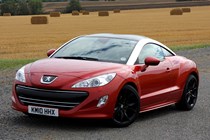
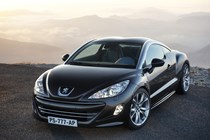
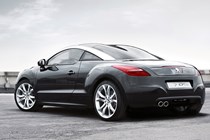
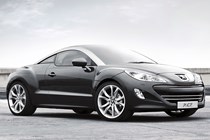
.jpg)
.jpg)
.jpg)
.jpg)
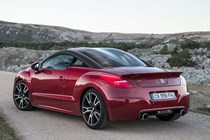
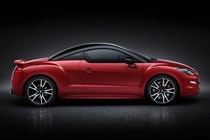
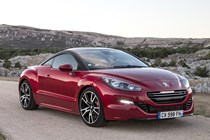
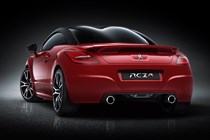
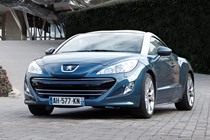
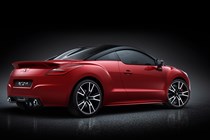
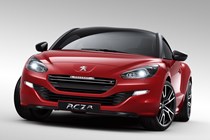

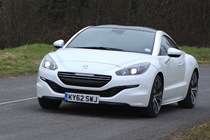
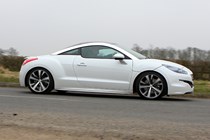
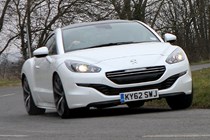
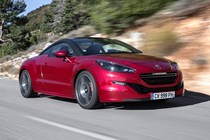
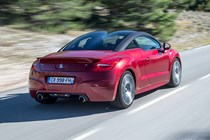
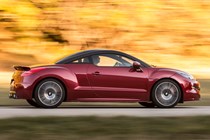
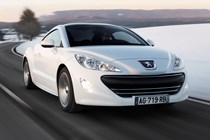
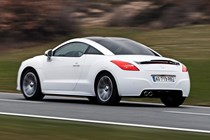
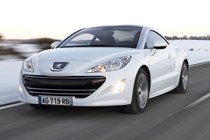
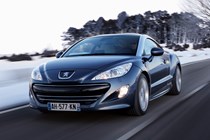


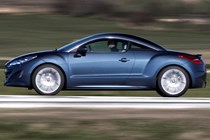
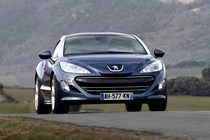
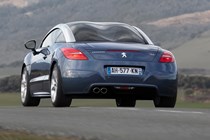
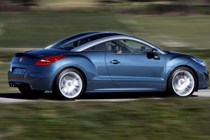
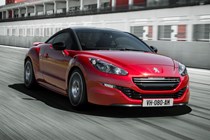
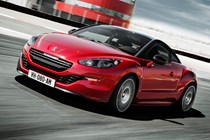
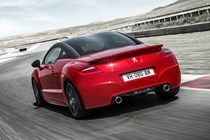
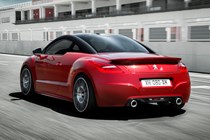
.jpg)
.jpg)
.jpg)
.jpg)
.jpg)
.jpg)
.jpg)
.jpg)
.jpg)
.jpg)
.jpg)
.jpg)
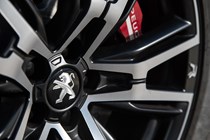
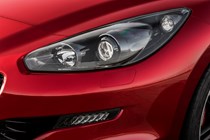

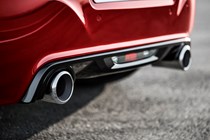
.jpg)
.jpg)
.jpg)
.jpg)
.jpg)
.jpg)
.jpg)
.jpg)
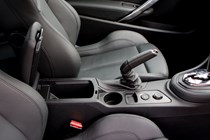
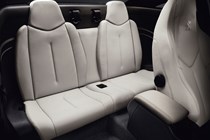
.jpg)
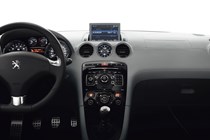
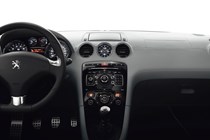
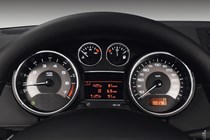
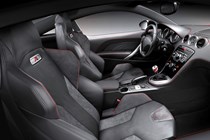
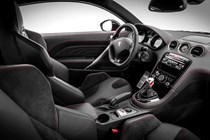
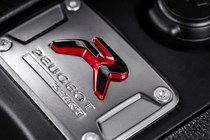
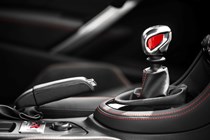
.jpg)
.jpg)
.jpg)
.jpg)
.jpg)
.jpg)




.jpg?quality=50)
.jpg?quality=50)
.jpg?quality=50)
.jpg?quality=50)




























.jpg?quality=50)
.jpg?quality=50)
.jpg?quality=50)
.jpg?quality=50)
.jpg?quality=50)
.jpg?quality=50)
.jpg?quality=50)
.jpg?quality=50)
.jpg?quality=50)
.jpg?quality=50)
.jpg?quality=50)
.jpg?quality=50)




.jpg?quality=50)
.jpg?quality=50)
.jpg?quality=50)
.jpg?quality=50)
.jpg?quality=50)
.jpg?quality=50)
.jpg?quality=50)
.jpg?quality=50)


.jpg?quality=50)







.jpg?quality=50)
.jpg?quality=50)
.jpg?quality=50)
.jpg?quality=50)
.jpg?quality=50)
.jpg?quality=50)